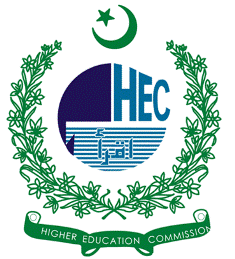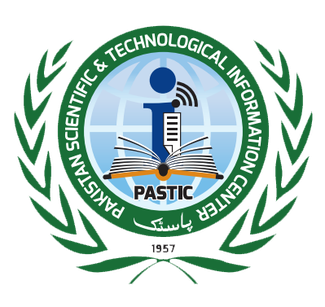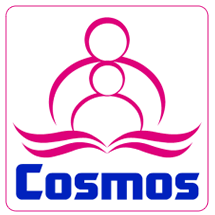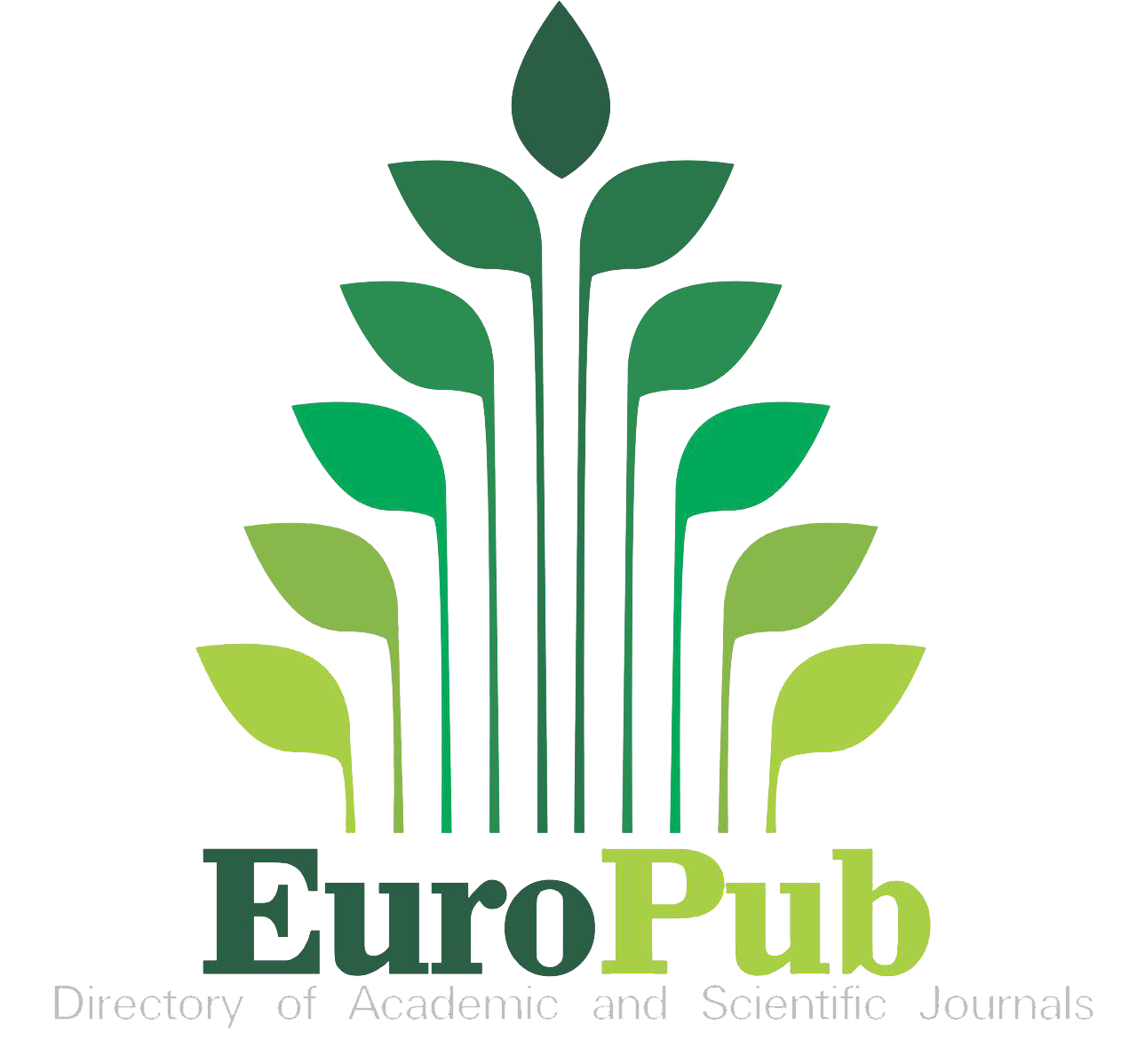An Automated Approach for Enhancing Efficiency and Transparency in Student Selection Process for Public Sector General Universities
Keywords:
Admission Systems, Seats Allocation, Public Sector General UniversitiesAbstract
The admission process in public sector universities in Pakistan faces challenges, including a large volume of applications, complex eligibility criteria, and the need for equitable seat allocation across various quotas. Many public sector universities still rely on manual or semi-automated admission systems, which result in inefficiencies related to time and transparency. Furthermore, these systems are vulnerable to errors in the seat allocation process due to human involvement at certain stages.
To address these issues, this paper proposes a fully automated admission system for public sector general universities. The system is developed and implemented at the University of Sindh, Jamshoro, one of Pakistan’s oldest and largest public sector universities. Following the successful implementation of the system, a performance evaluation and comparative analysis are conducted to assess its effectiveness and confirm its feasibility for all public sector general universities in Pakistan.
Additionally, a usability study is carried out to ensure the system's flexibility and ease of use from the user's perspective. The results from the usability study and comparison indicate that the proposed system outperforms existing systems in terms of flexibility, reliability, efficiency, and transparency.
References
R. Tharwani et al., “Modelling Choice Selection System of a Public Sector General University in Pakistan,” Sindh University Research Journal - SURJ (Science Series), vol. Vol. 48 (4D), pp. 127–134, Oct. 2016.
M. A. Khan and S. A. Khan, "Quota System in Pakistan – A Critical Analysis," Journal of Public Administration, vol. 1, no. 1, pp. 1-15, 2024.
D. Gale and L. S. Shapley, “College Admissions and the Stability of Marriage,” 1962.
M. Balinski and T. So Nmez, “A Tale of Two Mechanisms: Student Placement*,” 1999. [Online]. Available: www.idealibrary.com
A. Abdulkadiroğlu and T. Sönmez, “School Choice: A Mechanism Design Approach ,” American Economic Review, vol. 93, no. 3, pp. 729–747, Jun. 2003, doi: 10.1257/000282803322157061.
F. Kojima, “School choice: Impossibilities for affirmative action”, Games and Economic Behavior, vol. 75, no. 2, pp. 685–693, 2012. doi: 10.1016/j.geb.2012.02.001.
A. Roth, “The Origins, History, and Design of the Resident Match,” JAMA : the journal of the American Medical Association, vol. 289, pp. 909–912, Oct. 2003, doi: 10.1001/jama.289.7.909.
F. Kojima and P. A. Pathak, "Analyzing Matching Patterns in Marriage: Theory and Application to the U.S. Marriage Market," Quantitative Economics, vol. 14, no. 2, pp. 665-698, 2023. doi: 10.3982/QE2306.
F. Kojima and P. A. Pathak, "Review of the Theory of Stable Matching and Contract Systems," Game Theory and Economic Applications, vol. 39, no. 1, pp. 23-45, 2023.
E. M. Fenoaltea, J. C. Rodiguez, and L. A. S. Barlow, "The Stable Marriage Problem: An Interdisciplinary Review from the Physicist's Perspective," arXiv:2103.11458, Mar. 2021. [Online]. Available: https://arxiv.org/abs/2103.11458.
A. E. Roth, “The college admissions problem is not equivalent to the marriage problem,” J Econ Theory, vol. 36, no. 2, pp. 277–288, Aug. 1985, doi: 10.1016/0022-0531(85)90106-1.
D. Fragiadakis and P. Troyan, “Improving matching under hard distributional constraints,” Theoretical Economics, vol. 12, no. 2, pp. 863–908, 2017, doi: https://doi.org/10.3982/TE2195.
T. Kamada, T. Shishido, and Y. Kobayashi, "Doctor distribution model for urban and rural areas in Japan," Journal of Health Economics, vol. 32, no. 4, pp. 731-739, 2013.
M. A. Khan and S. A. Shah, "Government policies for balancing doctor distribution and ensuring healthcare access in rural communities," International Journal of Health Policy, vol. 12, no. 2, pp. 115-122, 2019.
I. E. Hafalir, M. B. Yenmez, and M. A. Yildirim, “Effective affirmative action in school choice,” Theoretical Economics, vol. 8, no. 2, pp. 325–363, 2013, doi: https://doi.org/10.3982/TE1135.
U. M. Dur, S. D. Kominers, P. A. Pathak, and T. Sönmez, “The Demise of Walk Zones in Boston: Priorities vs. Precedence in School Choice,” Apr. 2013. doi: 10.3386/w18981.
O. Aygün and I. Bó, “College Admission with Multidimensional Privileges: The Brazilian Affirmative Action Case,” Am Econ J Microecon, vol. 13, no. 3, pp. 1–28, Aug. 2021, doi: 10.1257/mic.20170364.
R. K. Tharwani, "Modelling Choice Selection System of a Public Sector General University in Pakistan," Sindh Univ. Res. Jour. (Sci. Ser.), vol. 48, no. 4D, pp. 127-134, 2016.
F. Wabwoba and F. Mwakondo, “Students Selection for University Course Admission at the Joint Admissions Board (Kenya) Using Trained Neural Networks,” Journal of Information Technology Education Volume, vol. 10, Oct. 2011, doi: 10.28945/1529.
S. Fong and R. Biuk-Aghai, An Automated University Admission Recommender System for Secondary School Students. 2009.
J.R. Lewis, IBM Computer Usability Satisfaction Questionnaires: Psychometric Evaluation and Instruction for Use. International Journal of Human-Computer Interaction, L. Erlbaum Associates Inc. Hillsdale, NJ, USA, Jan. 1995. 7(1): p. 57 - 78.
J. Nielsen and J. Levy, Measuring Usability: Preference vs. Performance. in Communications of the ACM, April, 1994. Vol. 37 Issue: 04, pg. 66-75.
R. Bierton, and R. Bates. Experimental Determination of Optimal Scales for Usability Questionnaire Design. in Proceedings of Human Computer Interaction (HCI-2000). 2000.

Downloads
Published
How to Cite
Issue
Section
License
Copyright (c) 2025 50sea

This work is licensed under a Creative Commons Attribution 4.0 International License.




















